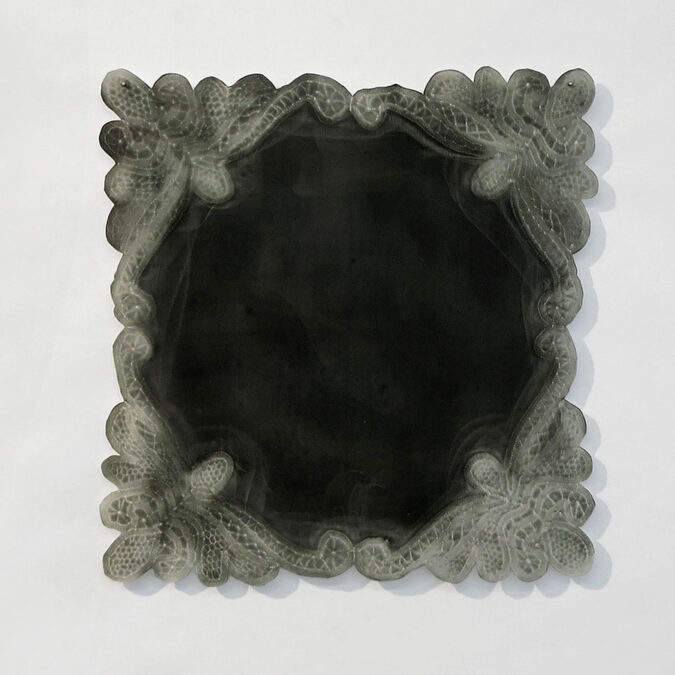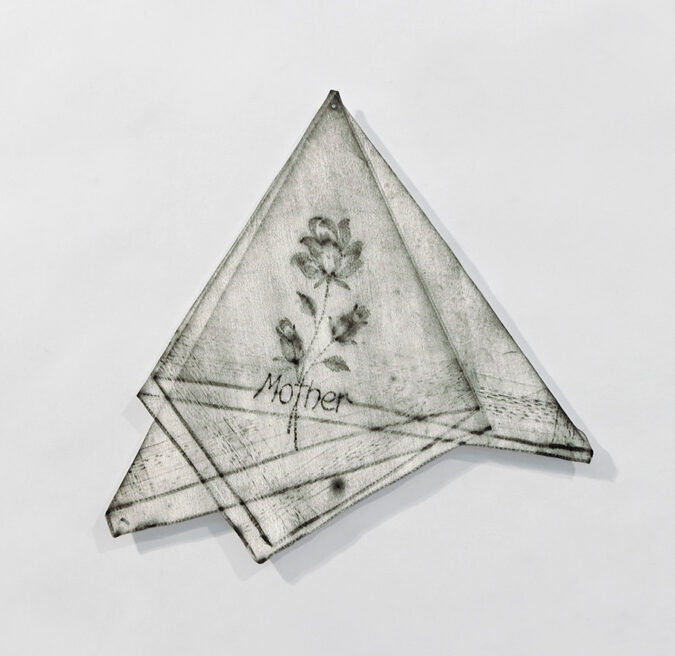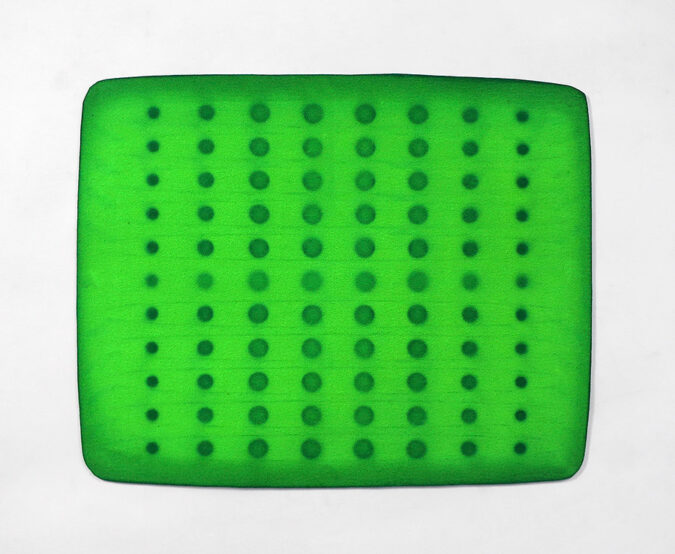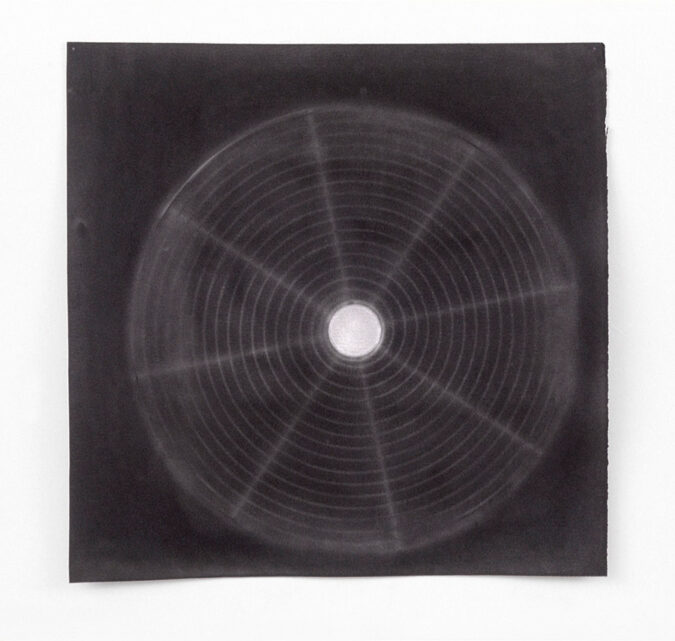SUSANNA STARR
New York City artist Susanna Starr uses saturation, absorption, and even simple rubbing, to make delicate porous objects. Her work offers a glimpse into the unseen structures of familiar things – exploring questions of space and physicality.
She received an MFA from The Yale School of Art, a BFA from The Maryland Institute College of Art, and attended the Skowhegan School of Painting and Sculpture. She has received numerous awards including grants from NYFA, Dieu Donne Papermill Workspace Program Grant, The Edward F. Albee Foundation Residency, and Stephen King’s Haven Foundation. Her work is included in the permanent collections of The Albright-Knox Gallery of Art, The Birmingham Museum of Art, The Art in Embassies Program of the US Department of State, and the NYC MTA Arts For Transit, as well as many private collections.
Starr has been included in exhibitions at the Museum of Arts & Design, NYC, The Neuberger Museum of Art, The Harn Museum of Art, Islip Art Museum, Skedelijk Museum, Schiedam, Netherlands, and the Museum fur Angewandte Kunst, Frankfurt, Germany. In New York City, she has had solo exhibitions at Caren Golden Fine Art, Cynthia Broan Gallery, and Long Island University. Group Exhibitions include Smack Mellon, Exit Art, White Columns, Dieu Donne Papermill, Elizabeth Harris Gallery, Frederieke Taylor Gallery, Stephen Stoyanov, Joseph Helman Gallery, Storefront, and The Roger Smith Hotel. Her work has been reviewed in Art In America, The New York Times, Review Magazine, NY Arts Magazine, and The New Art Examiner.
QUESTION:
There are two bodies of your recent work that seem to compliment but also antagonize one another. With “impressions”, which are rubbings made with pastel on paper, you invoke photographic resemblance as a point of comparison. And, as with photographs, the impressions are haunted by the sense that the original object is almost there; it is just across the horizon of memory. As such the finished object holds a ghostly presence that evokes complex narratives and histories.
With “saturations”, which are made by immersing absorbent paper in paint over a found object, the final images you present lean toward abstraction, as if forswearing their original referents while sidling up to a modernist project that all together eludes reference beyond the image itself. Each saturation, in your own words, is “an exquisitely accurate rendering of reality, yet totally abstract.”
Both impressions and saturations rely, through different techniques, upon a straightforward tracing of the original, thus both processes affirm a fidelity to their original objects. However, they arrive at very different cultural destinations: narrative, even melodramatic narrative, on one hand and abstraction on the other. By presenting them as two discrete bodies of work you set up a dialogue about that divergence of destination. Does it feel like a reasonable step to you that the viewer will take these bodies of work as a dialogue about the very means of achieving resemblance or verisimilitude and that at some point the divergence you illustrate will confound the notion of the tracing’s fealty to the original?
ANSWER:
I think there are several dialogues happening both between and inside these two groups. Like all of my work, they are built from a process of absorption. So, there is always a dynamic interplay between perception and physicality. Out of this develops the relationship between materials and process. And ultimately, dialogues between objects and images.
Working on paper, I’ve been able to focus on big questions in a really intimate way. Is it possible to take purely physical form and transform it into a visual image, and would that change my understanding of it? Mysteriously, and in spite of a primitive process that should yield a literal representation of the object, something altogether unexpected happens – the pieces are stubbornly confounding.
And considering the engineering involved in making these pieces, I seem to have little to do with the final result. If the Saturations seem more abstract and the Impressions more narrative, it’s likely due to the differing effects of the materials themselves. Both the Saturations and Impressions can, by nature, only ever be completely faithful to the subject since they are physical imprints. I’m more intrigued by the startling appearance of the “unseen” – narratives, place, memory, time, and presence. Somehow, the physical and “felt” are co-existing in a difficult-to-define place that disquietingly resembles my own inscape.
For more information, please visit: www.susannastarr.net









